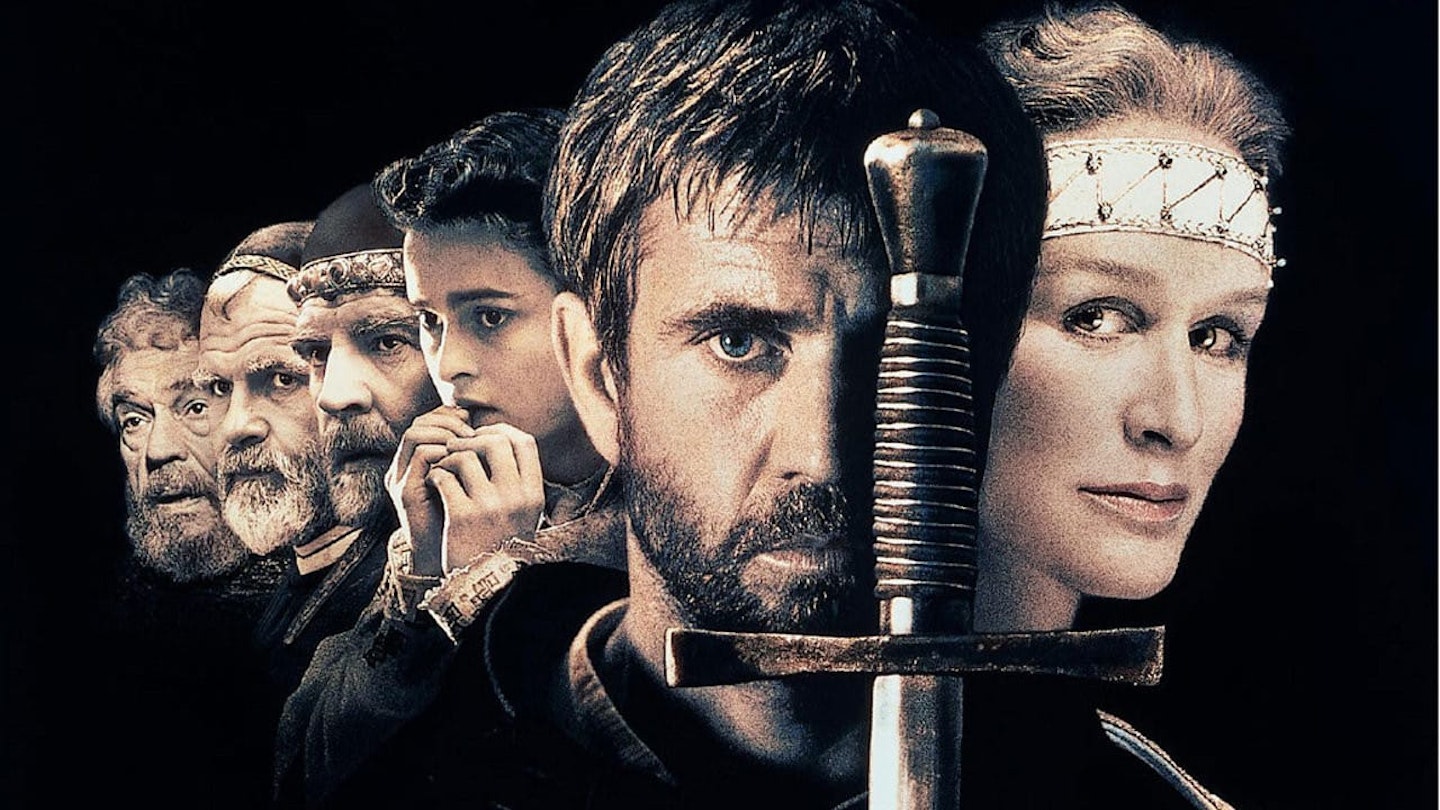Released in the same year as Orson Welles's Macbeth, the first non-American film to win the Oscar for Best Picture remains one of cinema's finest Shakespearean adaptations, although many at the time were unhappy with the liberties taken with the text by the newly knighted Laurence Olivier. Having viewed Henry V in terms of a colourful canvas, Olivier saw Hamlet as an engraving and, thus, opted for a monochrome approach that was given an additional sombre chill by Desmond Dickinson's atmospheric photography.
Having first played the Bard's most complex hero in 1937, the 41 year-old Olivier was also aware that movie audiences were not going to tolerate the full four and a half hours and, so, he compressed the action into 153 minutes. Among the cast casualties were Fortinbras's Norwegian forces and Rosencrantz and Guildenstern, who not only got a film of their own in 1990 (with Tim Roth and Gary Oldman as Tom Stoppard's anti-heroes), but who also became the models for Pumbaa and Timon in The Lion King (1994), which is essentially. Hamlet in animal form.
Made for £580,000, this is a decidedly Freudian interpretation of the play, with Hamlet's frustrations fuelling his Oedipal relationship with Gertrude and the sado-masochistic manner in which he treats Ophelia. But, it's also a wholly cinematic vision, with the camera prowling around the Oscar-winning sets like a combination of old Hamlet's restless spirit and his son's inconstant purpose. Indeed, Elsinore almost becomes a character in itself, as it sucks the life out of those trapped inside it.
Olivier also keeps the camera moving during the famous scenes and speeches and ingeniously interiorises the `To be or not to be' soliloquoy to reinforce the impression of a man bottling up emotions he's powerless to resolve. Some critics claimed this tactic drew the play's passion, but the dignified formality of the performances only emphasise the lust, avarice, insanity and murderous intent lurking beneath the courtly façades.


